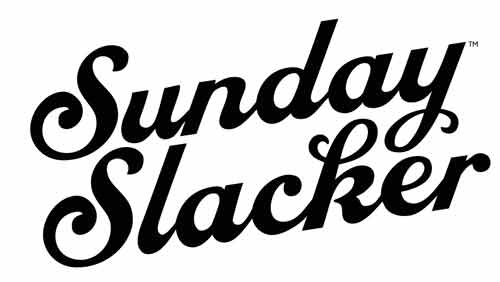WALT PREY
WALT PREY – LEGENDARY PINSTRIPER AND CUSTOM PAINTER
Walt was born in Oak Park, Illinois. In the 1950s the Prey family moved to Inglewood, California. Walt showed an interest in art and drawing early on and by his teens was drawing cars and doing custom culture type artwork. About this time, much to the surprise of his dad, he sent off to J.C. Whitney for a set of Moon hubcaps for the family car, a 1958 Plymouth. He taught himself to pinstripe and was doing professional quality work while still in high school. In the South Bay he was known as the “Kid Striper”. Walt further perfected his style with the intention of never having to work for an employer, a goal he managed to achieve. By his early 20s he was married and had a son. At this time Walt drove a clean, original 1940 Ford sedan and was working out of Dave Kent’s shop, Kent’s Customs, on Sepulvada Blvd. in Venice. In the late 1960s Walt left Kent’s to work with Bill Carter at Carter Pro Paint on Burbank Blvd. in Van Nuys. At the shop, Walt worked as Bill’s striper, From that point on Walt Prey would spend the rest of his life living and working in and around the San Fernando Valley of Southern California. When Walt worked for Bill Carter, Bill had hired 12 years old Mario Gomez to mask cars and sweep floors. This was the start of a long friendship that would eventually evolve into a company called The Candy Factory.
In 1970 or 1971, Walt left Bill Carter and opened his own business in a small garage in Van Nuys. It was known as Walt’s Custom Studio. Over the years there would be other locations and during the van craze he worked with manufacturers to decorate their popular custom conversions. By the early 1970s Walt had established a solid reputation as a pinstriper/sign painter and he decided to start doing full custom paint jobs. One of the first cars Walt painted after opening up his own studio was a 1963 Chevrolet Impala belonging to Jesse Valadez, a member of the Imperials Car Club from East Los Angeles. Jesse had spent the summer of 1971 prepping the car for paint, and he hauled it over to Walt for a one of a kind paint job. The first version of the car was kind of orange with swirls. Jesse was not too satisfied, and he took the car back to Walt telling him he wanted something different. He wanted a few roses on the car. They decided on roses, Mexican style roses. The kind that was used to decorate a local Mexican restaurant. Walt spent six months decorating the car with about 40 hand painted roses. Once completed Jesse’s Impala, known as the Gypsy Rose, became quite a sensation at car shows. The Gypsy Rose was later wrecked, and Walt was called upon to paint a replacement 1964 Chevrolet Impala for Jesse. The second “Gypsy Rose”, featured many more roses than the first version and every custom paint trick in the book. It was an immediate sensation, in no small part because it was featured weekly in the opening credits of popular TV show “Chico and the Man”. The second “Gypsy Rose” became the most famous lowrider of all time and the inspiration for many fabulous lowrider custom paint jobs in the years to come. In later years Walt would devote most of his efforts at pinstriping, graphics and sign painting and he developed a loyal following of customers. Owners of high quality lowrider cars, like those of the Lifestyle car club, particularly sought out Walt to add a special touch to their spectacular paint work. Walt ran a studio called The Candy Factory together with Mario Gomez. At The Candy Factory Mario designed and applied custom paint jobs while Walt did the striping.


